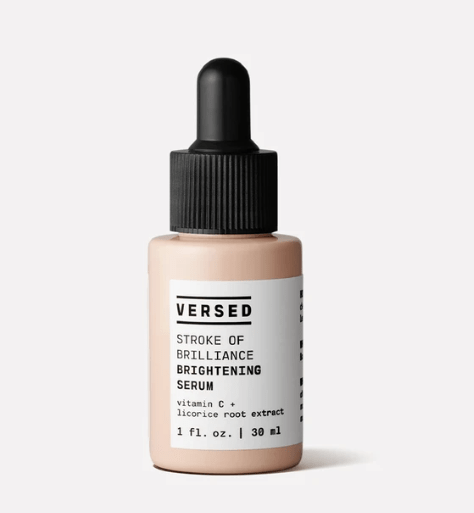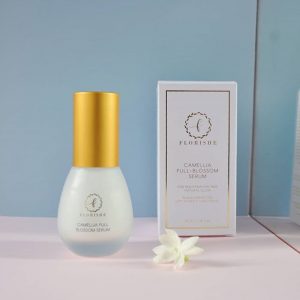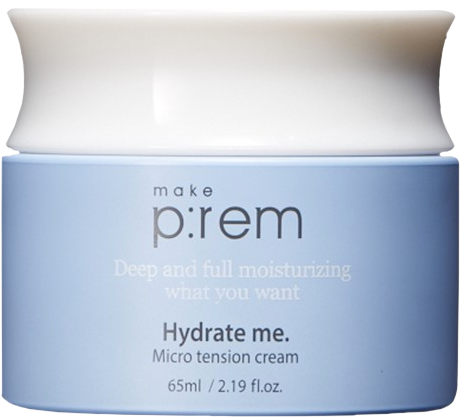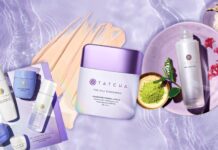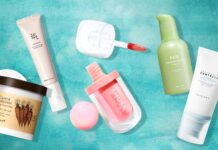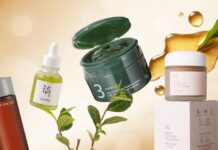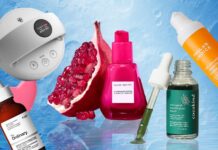
We’re constantly hearing the buzz around parabens, sulfates and phthalates (mainly, to avoid them), but why are they so bad?
While a lot of skincare and beauty brands are changing their messaging, packaging and content to being ‘clean’ and we’re constantly told to avoid certain questionable ingredients, have you ever wondered what the term ‘clean’ means? And is there scientific evidence showing that natural is better for our skin? Here’s everything you need to know about clean beauty!
What Does It Mean to Be ‘Clean’?
You might get a little confused as soon as you start looking into it because the concept ‘clean beauty’ is defined differently by different people, different places, and different brands. Generally, brands can be considered ‘clean’ if they…
- Don’t include questionable or harmful ingredients
- Say they’re non-toxic
- Are natural or organic
- Are vegan-friendly
- Aim to reduce their carbon footprint
Not only that, but the makers of ‘clean’ products can’t agree on what substances should or shouldn’t be avoided. You can see a large degree of ambiguity here. And the big reason behind it is that no one really regulates these claims!
Regulations in Skincare
In the US, most skincare and beauty products are regulated by the Food and Drug Administration (FDA), which defines cosmetics as “articles intended to be rubbed, poured, sprinkled or sprayed on… or otherwise applied to the human body…for cleansing, beautifying, promoting attractiveness, or altering the appearance.”
The question is, with all the products that we see, do they have to be approved by the FDA before they hit the shelves?
The answer is a big no! When you hear words like ‘natural, green, synthetic-free’ – these aren’t official terms. That means brands are allowed to release products using certain marketing buzzwords and stating certain claims without it ever being tested. And this is potentially the misleading aspect of it all.
Additionally, while the EU is taking the ‘better safe than sorry’ route and listing 1,328 banned ingredients within the cosmetics category, the FDA only restricts 11 ingredients in cosmetics. Of course, we are not here to make a stand but just to let you know that when it comes to skincare regulations in the US, it gets a little tricky.
Top 3 Ingredients that We Love to Hate
Now we move onto breaking down 3 of the most controversial ingredients and give you guys a snapshot summary of different arguments that we found.
Parabens
So first up on the chopping block: parabens.
Parabens are a class of preservatives. They are commonly used in our skincare products because the majority of those precious jars and bottles are made up of WATER. And any product with even a drop of water in it will need a preservative. After all, a world without preservatives is a world of potential mold, bacteria, and microbial growth. Just think of those dishes you left in the sink for too long. Nasty…
While some people believe that parabens can disrupt the function of hormones, affecting the functioning of reproductive system, fertility and cause even cancer, here’s what we found.
Just like any other chemicals, what’s key is the dose we’re exposed to. “Most things have the potential to cause damage, but only at levels far higher than we’d ever experience in cosmetics or day-to-day life,” says Katie Patrick, a health information officer at Cancer Research UK.
Reports by the Cosmetic Ingredient Review (CIR) Expert Panel in 1984 and 2012 also concluded that parabens are safe to use and rarely irritating or sensitizing to normal human skin at concentrations used in cosmetics.
On a more relatable note, founder of Drunk Elephant Tiffany Masterson comments in an interview with The Guardian, “I don’t think they’re bad for you” when she was asked what she thought about parabens and why she cut them out from her products. So why ditch it?
“Consumers don’t want them.”
Sulfates (SLS/SLES)
Next up, the good old SLS.
SLS is a surfactant. It can break the surface tension of water and separate different molecules from one another, creating foam or a lather on the skin. This reaction helps to clear away debris, dirt, and oil from the top layer of the skin. This is why it’s included in cleansing products for the face, hair, and body.
When people are throwing their arms in the air over sulfates in their products, it’s usually over 2 claims:
- SLS thins the top layer of the skin, causing dryness and irritations.
- SLS is carcinogenic, which means it can disrupt the cells within the body and cause cancer.
In fact, research has shown that SLS at concentrations above 2 percent can cause mild skin irritation—after 24 hours of exposure.
Dermatologists are also on the fence about SLS and say it can occasionally be problematic, but it depends on person to person, and whether the product is left on or washed off. For example, a person with eczema can be more vulnerable to SLS because the SLS can get through the skin barrier easier.
So our thoughts on sulfates are, if you have sensitive skin then avoid it. If you’re not sure, then walk over to your skincare shelf and look at all the products you’re currently using. If you find SLS or SLES in them and your face hasn’t shown irritation. Then ta-da! You’ll know SLS is fine for you.
Phthalates
The last one is a little bit complicated.
Because phthalates are used in a wide range of products—from toys to food products, medical devices, cosmetics, and shampoos—to keep plastic from becoming brittle and breakout. The thing to know is that there are lots of different types of phthalates, and we’re exposed to them a lot.
Despite common concerns, the FDA has said that they don’t have any information showing that cosmetics containing phthalates are harmful to consumers when the products are used as intended. As with any ingredient, phthalates could cause allergic reactions in some, but even those are rare at the levels found in cosmetics.
Conclusion
We’re not here to take a stand but just to let you know that there isn’t much evidence or human data to support fears about these chemicals—or enough to dismiss them entirely.
Just like what Paula’s Choice states on their website, sometimes certain ingredients are not a problem.
“But Once organizations and companies build up fears among consumers about certain cosmetics ingredients, there’s almost no going back, the damage is done.”
Product Recommendations
Hopefully, this article has clarified common misunderstandings and helped you better understand clean beauty. Finally, and this is our favorite part of all, it’s time for product recommendations! Here are some of clean products that our hosts Rowena and Felicia have been enjoying. If you want to know more about the products/ ingredients or Ro and Fel’s thoughts on them, feel free to check out the video below. Enjoy!
For more detailed information on clean beauty & skincare, check out the full video:
Head over to more information and product recommendations:

